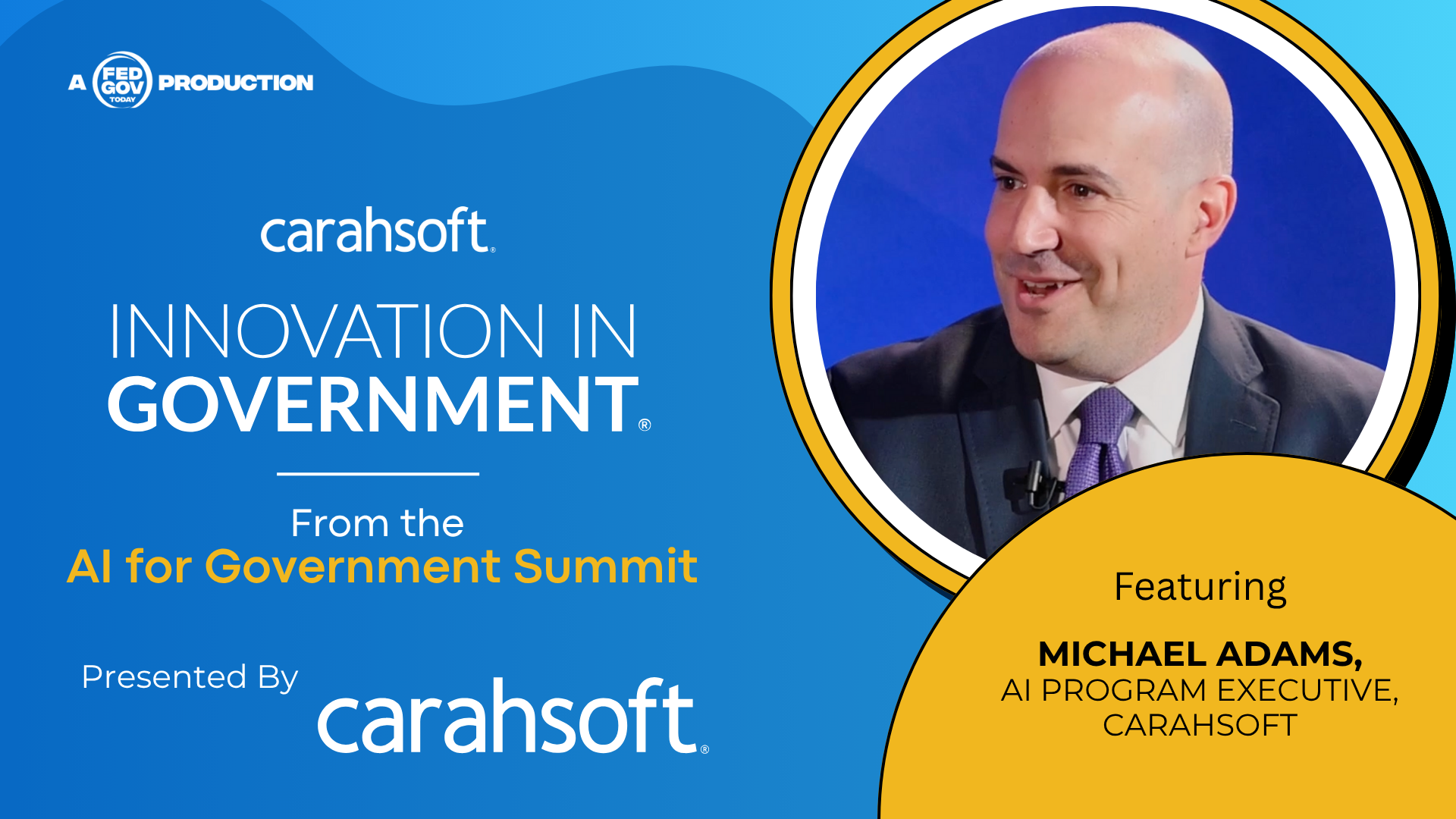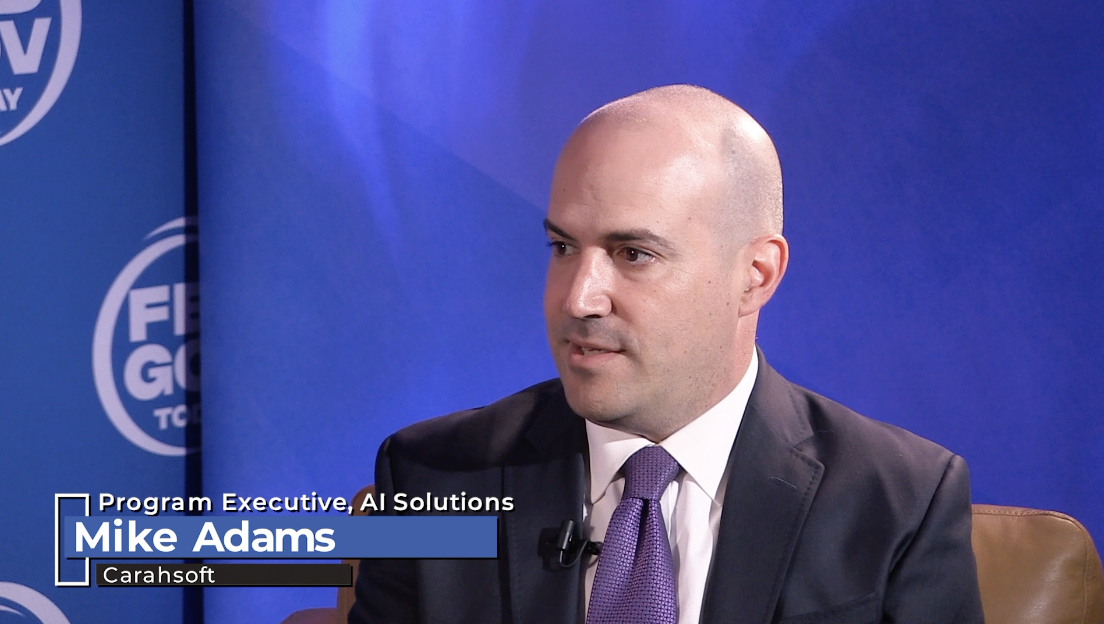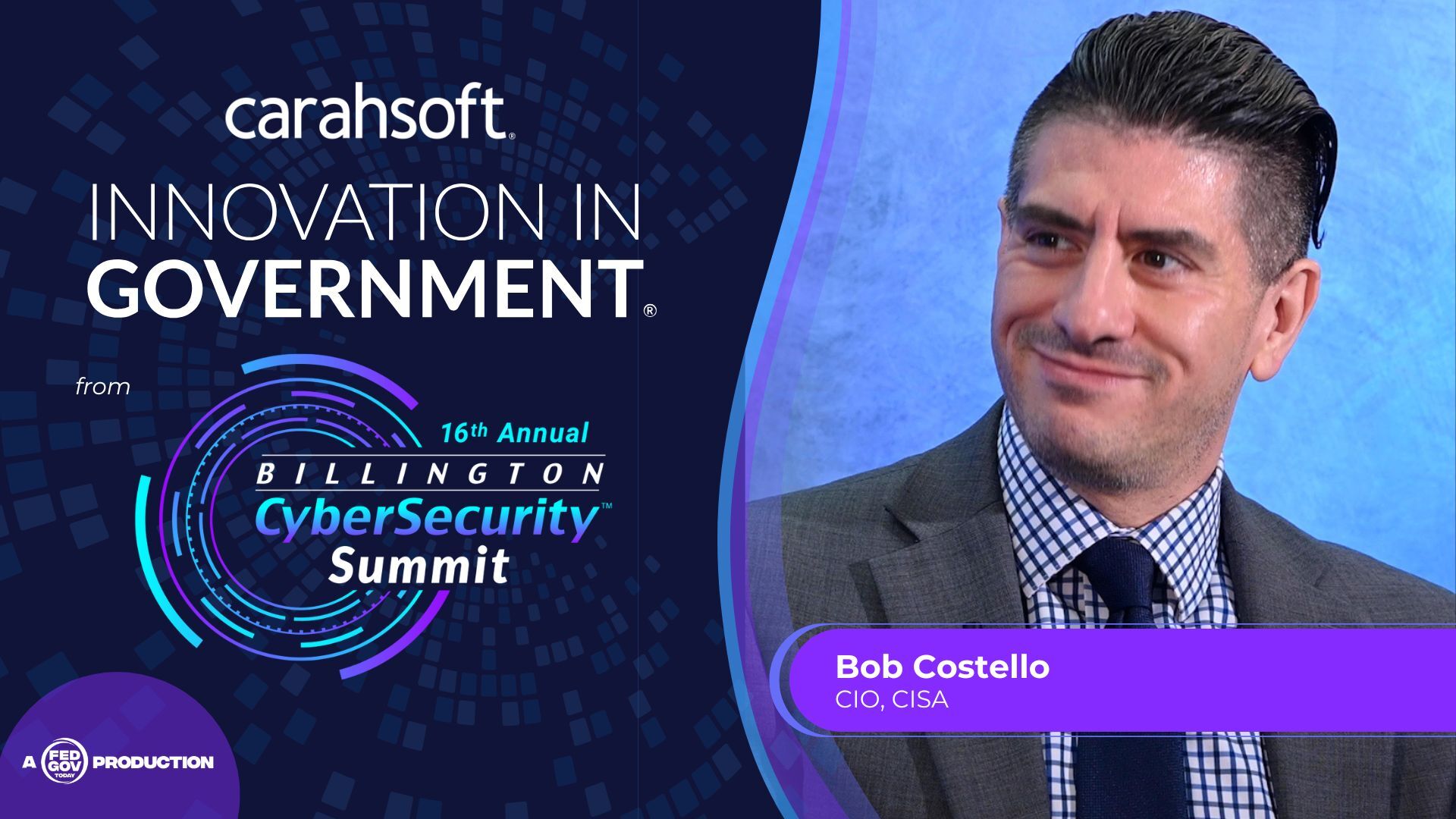Original broadcast 6/11/25
Presented by VAST Data Federal & Carahsoft
In an era where every federal agency is being asked to deliver more with fewer resources, efficiency is no longer a value-add—it’s a mandate. At the AI for Government Summit presented by Carahsoft, Randy Hayes, Vice President of Public Sector at VAST Data Federal, made the case that artificial intelligence is only as effective as the infrastructure it runs on. And if that infrastructure isn’t built for AI from the ground up, it will fail to deliver the scale, security, and simplicity that agencies need.
 Hayes brought a direct and sobering message: many organizations claim to be ready for AI, but few truly are. “There are a thousand companies with ‘AI’ in their name,” he said. “But there are only a handful of people who actually know how to architect these pipelines—and even fewer who have done it successfully, at scale.” For federal leaders, that knowledge gap presents a significant risk. The stakes are too high for trial-and-error deployment, especially when taxpayer dollars and mission outcomes are on the line.
Hayes brought a direct and sobering message: many organizations claim to be ready for AI, but few truly are. “There are a thousand companies with ‘AI’ in their name,” he said. “But there are only a handful of people who actually know how to architect these pipelines—and even fewer who have done it successfully, at scale.” For federal leaders, that knowledge gap presents a significant risk. The stakes are too high for trial-and-error deployment, especially when taxpayer dollars and mission outcomes are on the line.
One of the challenges Hayes sees is confusion over what AI infrastructure really entails. It’s not just servers and storage—it’s a full stack of systems that can ingest, process, and analyze massive amounts of data in real time. It’s the ability to support not only traditional generative AI, but also agentic AI: autonomous systems capable of managing multi-step tasks, learning from outcomes, and adapting on the fly.
That kind of capability requires performance, but it also demands simplicity. Hayes pointed out that most federal IT environments are fragmented—layers of legacy systems, siloed storage, and a patchwork of analytics tools. VAST’s strategy is to consolidate those tiers into a unified platform, reducing the number of moving parts and enabling AI workflows to run efficiently across the enterprise.
This architectural consolidation isn’t just about speed. It’s also about cost. Hayes emphasized that every agency is facing budget pressure, and many are under scrutiny from oversight bodies looking for ways to cut spending. “We’ve been selling efficiency since day one,” he said. “Our customers want to know: what can we get rid of? What systems are redundant? What tools are eating up budget but delivering limited value?” AI-enabled platforms that collapse data storage, analytics, and machine learning capabilities into a single system offer a powerful answer to those questions.
That efficiency has downstream benefits for cybersecurity, governance, and workforce management. With fewer platforms to manage, security teams have fewer points of failure. Administrators have less overhead. And federal employees—many of whom are now doing the jobs of multiple people due to workforce reductions—can redirect their focus to higher-value tasks. Hayes expressed deep empathy for those employees, recognizing that behind every system modernization is a team under pressure. “The staff that remain are being stretched,” he said. “So we have to make their jobs easier, not harder.”
Agentic AI presents a new set of opportunities in this space. Hayes described how these intelligent agents can handle repetitive tasks at agencies that manage high volumes of public interaction, such as TSA, CBP, IRS, and Medicare. From identity verification to form intake and case triage, autonomous agents can streamline operations without compromising oversight. This allows agencies to meet rising service expectations without proportionally increasing headcount.
 Hayes also emphasized that agencies don’t need to—and shouldn’t—build this infrastructure from scratch. “Ask your partners how many pipelines they’ve built,” he advised. “If the answer is zero or one, move on.” VAST has built thousands, and that experience allows them to skip the false starts and get straight to mission impact. For agencies facing pressure to produce quick wins, this maturity is critical.
Hayes also emphasized that agencies don’t need to—and shouldn’t—build this infrastructure from scratch. “Ask your partners how many pipelines they’ve built,” he advised. “If the answer is zero or one, move on.” VAST has built thousands, and that experience allows them to skip the false starts and get straight to mission impact. For agencies facing pressure to produce quick wins, this maturity is critical.
Underlying Hayes’ message is a call for federal IT leaders to rethink their approach to infrastructure. Too often, infrastructure decisions are made with legacy needs in mind. But as AI becomes embedded in mission workflows, agencies must treat their platforms not as passive enablers, but as strategic assets. The systems that carry data, support models, and deliver outcomes must be architected intentionally—for performance, yes, but also for adaptability.
The future of AI in government won’t be built on systems designed for yesterday’s challenges. It will be built on platforms that simplify operations, reduce waste, and support real-time intelligence at scale. For Hayes, that’s not an abstract goal—it’s a day-to-day reality. And he believes agencies that embrace this mindset will be the ones that thrive in the years to come.
Key Takeaways:
-
AI infrastructure must be purpose-built for scale, simplicity, and performance—not cobbled together from legacy components.
-
Consolidating data, analytics, and AI workloads into unified platforms delivers major efficiency and cost benefits.
-
Agencies should work with experienced partners who have built scalable AI pipelines before—and can do it right the first time.
This interview was featured in the program Innovation in Government recorded on location at the Carahsoft AI for Government Summit. To watch the full program, click here.



